KATSUYA (가쯔야)
976.8M 2021-03-18
46, Dadong-gil, Jung-gu, Seoul
+82-2-772-9023
This Japanese cuisine is located near Euljiro 1(il)ga Station, Seoul. The representative menu is pork cutlet. A restaurant serving Japanese-style pork cutlet.
Beauty Play (Sucursal de Myeong-dong) (뷰티플레이 명동점)
980.8M 2024-06-14
Myeongdong-gil 73, Jung-gu, Seúl
Jjukkumiwa Maeungalbijjim(쭈꾸미와매운갈비찜)
983.5M 2021-04-15
25-1, Mareunnae-ro, 2-gil, Jung-gu, Seoul
+82-2-2266-3208
The favorite store of office workers. The representative menu is braised short rib set menu. This Korean cuisine is located near Chungmuro Station, Seoul.
Seoul Royal Hotel (서울 로얄호텔)
988.2M 2021-05-07
61, Myeongdong-gil, Jung-gu, Seoul
Seoul Royal Hotel, nicknamed 'Oasis in the City,' is located in central Seoul in the famous Myeong-dong area. It has more than 300 rooms along with banquet halls, restaurants, a business center, spa and more. The hotel's location, in particular, is ideal for shopping, and also traveling to other parts of the city by public transportation.
Myeongdong Hanubang (명동한우방)
995.0M 2021-03-18
37-5, Myeongdong 9-gil, Jung-gu, Seoul
+82-2-2267-8132
This is a Korean cuisine located in Myeong-dong, Seoul. A Korean BBQ restaurant. The representative menu is grilled thin skirt.
Ilbeonji Gopchang Yangdaechang - Myeongdong Branch (일번지양대창 명동)
997.7M 2021-03-19
33, Myeongdong, 9, Jung-gu, Seoul
+82-2-773-3150
This is a Korean cuisine located in Myeong-dong, Seoul. A restaurant specializing in Korean-style grilled intestines. The representative menu is grilled beef small intestine.
Minsokchon (민속촌)
997.7M 2021-08-06
33, Myeongdong, 9-gil, Jung-gu, Seoul
+82-2-779-8371
A place where you can try various Korean dishes. This restaurant's signature menu is grilled strip loin. This Korean dishes restaurant is located in Jung-gu, Seoul.
NOBIZIB (너비집)
1.0Km 2021-03-24
37-8, Myeongdong, 9-gil, Jung-gu, Seoul
+82-2-756-4084
This restaurant is famous for spicy Galbijjim (braised short ribs). This Korean dishes restaurant is located in Jung-gu, Seoul. The representative menu is spicy braised short ribs.
Rakkojae Seoul Bukchon Hanok Hotel [Korea Qaulity] / 락고재 서울 북촌 한옥호텔 [한국관광 품질인증/Korea Quality]
1.0Km 2021-10-27
49-23, Gyedong-gil, Jongno-gu, Seoul
The main building in Seoul is a traditional Korean cultural space renovated by Jeong Yeong-jin, a human cultural asset, from a hanok with a history of 130 years. Traditional flags, fences, pavilions, chimneys, and jangdokdae are holding the blue sky with pine trees, creating a harmonious Korean-style house. Passing through the elegant tall gate, as you see the jangdokdae, a small but clean hanok will be revealed, and the pine trees and bamboo trees added to the natural beauty, while the loving Gomusin placed on the stone brings back beautiful memories.
Rakkojae is a place where the customs of the aristocrats in the past are melted in various places, creating a wonderful atmosphere by carefully reviving the pavilion, ponds, and daecheongmaru. Especially, Daecheongmaru adds the beauty of the margins of hanok to give you a sense of refreshment. As the old scholars did, sitting on the pavilion makes the time flow slow and the wind that passes over the Sotdae feels special.
In addition, you can experience the beauty of Korean tradition with various programs such as tea ceremony, jjimjilbang, royal robes, and kimchi-making along with traditional Korean food. Rakkojae's accommodation, reminiscent of a nobleman's house in the Joseon Dynasty, is well-kept and comfortable that it is comparable to a luxury hotel, and the natural jade-covered ondol rooms and firewood jjimjilbangs made of cheongito provide a healthy journey for many guests.
You are here Cafe - Myeongdong Branch(유아히어카페 명동)
1.0Km 2021-04-15
23, Myeongdong, 9-gil, Jung-gu, Seoul
+82-2-771-2288
This is a cafe located in Myeong-dong, Seoul. The representative menu is croissant. A luncheon café that has endeared itself to office workers and foreigners.
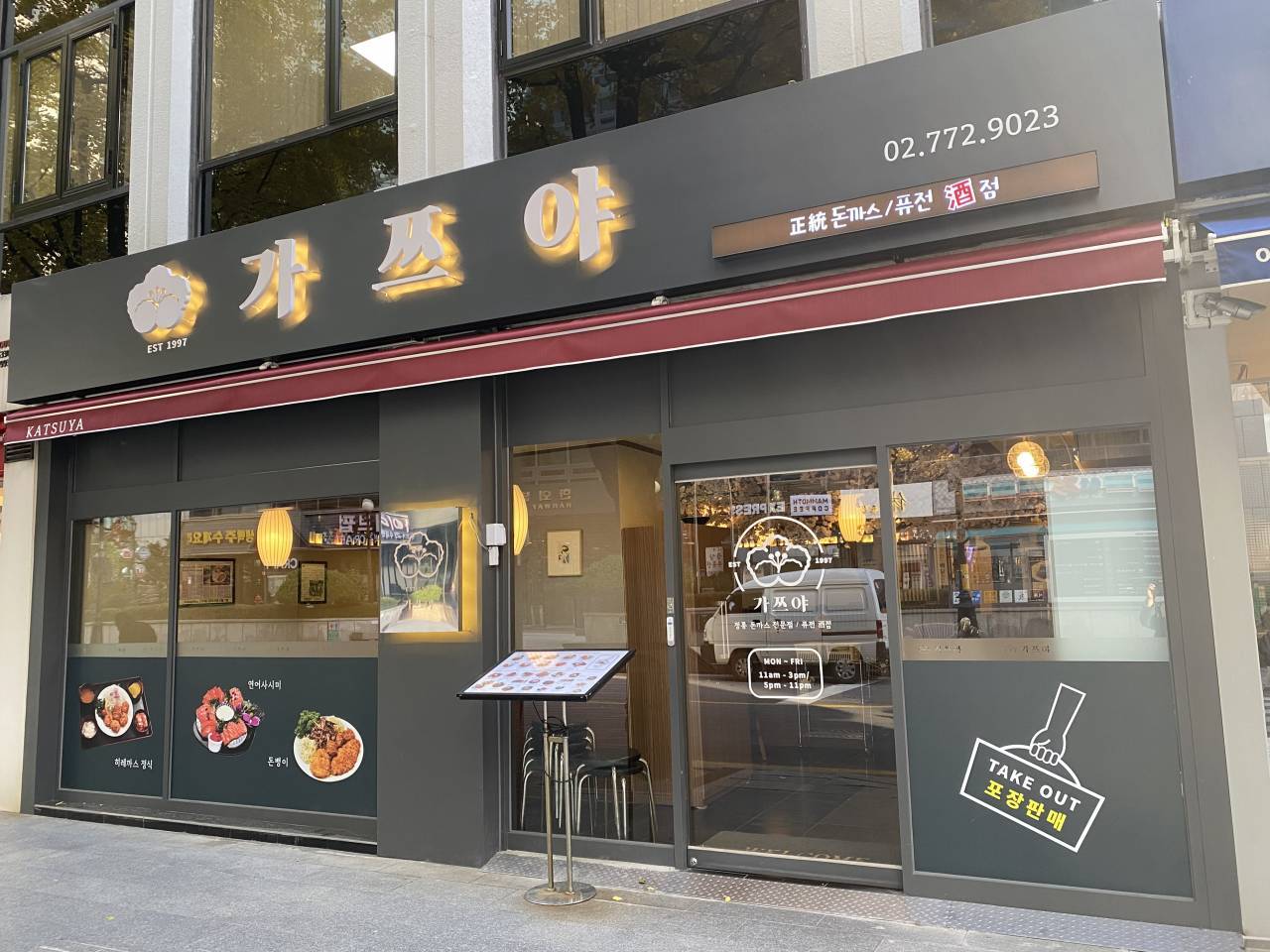
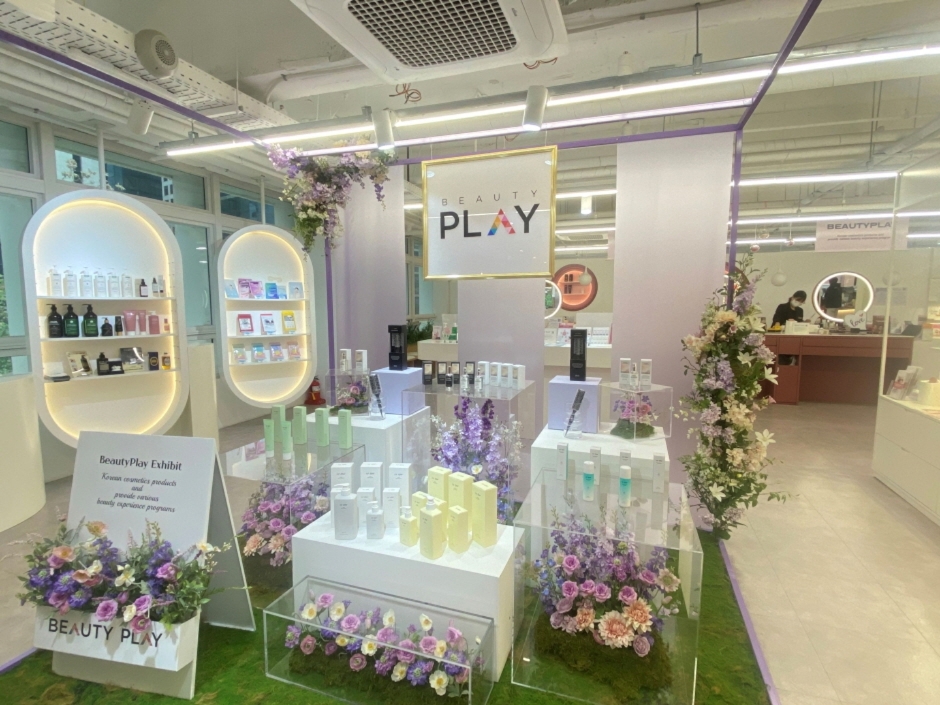
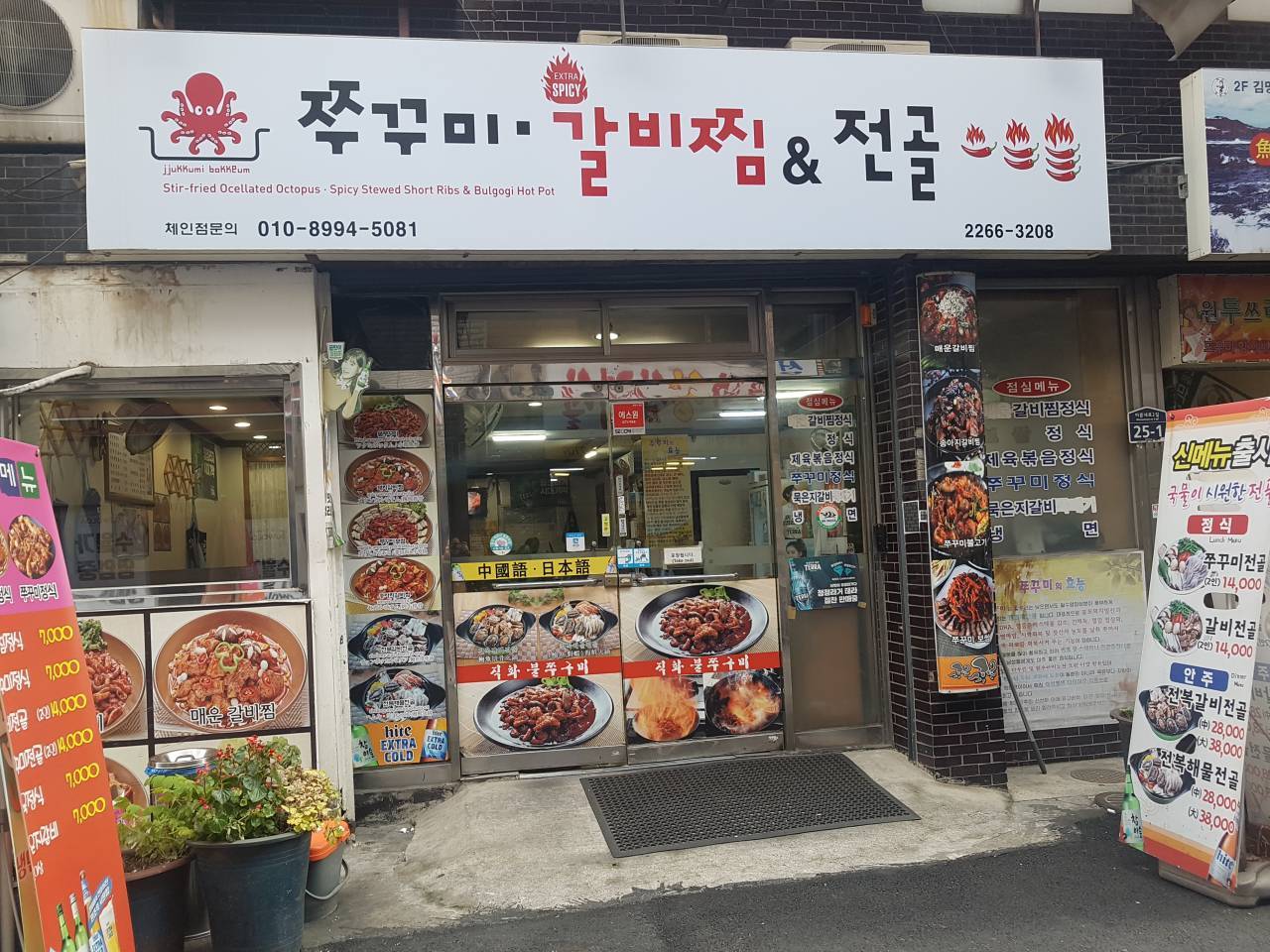

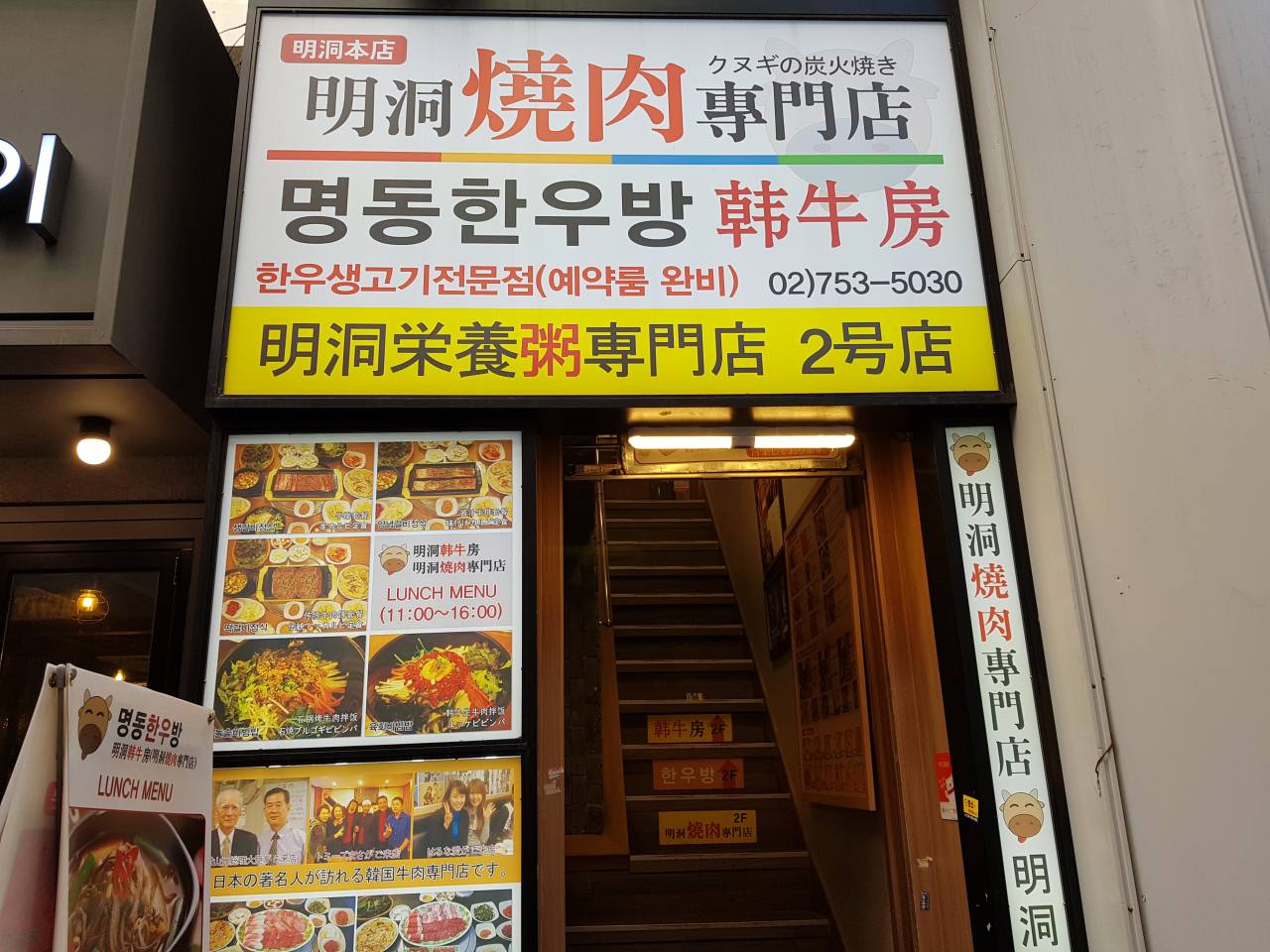
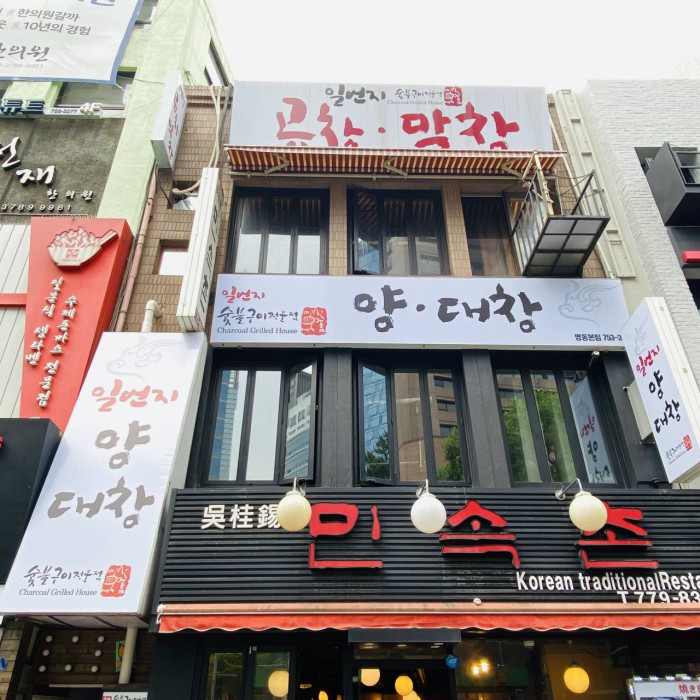
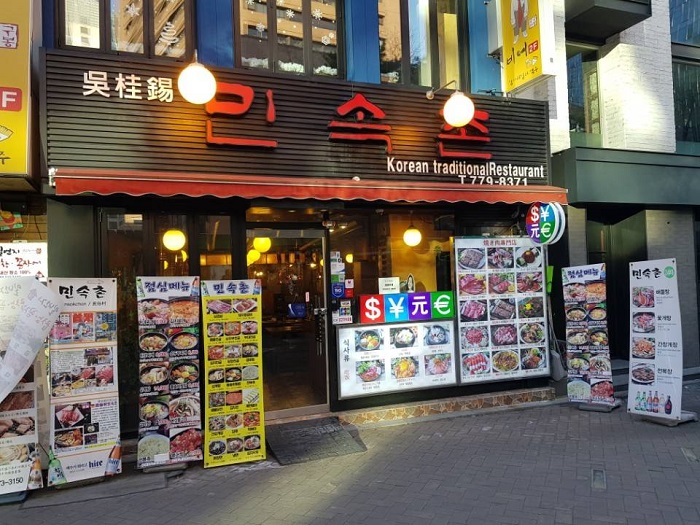
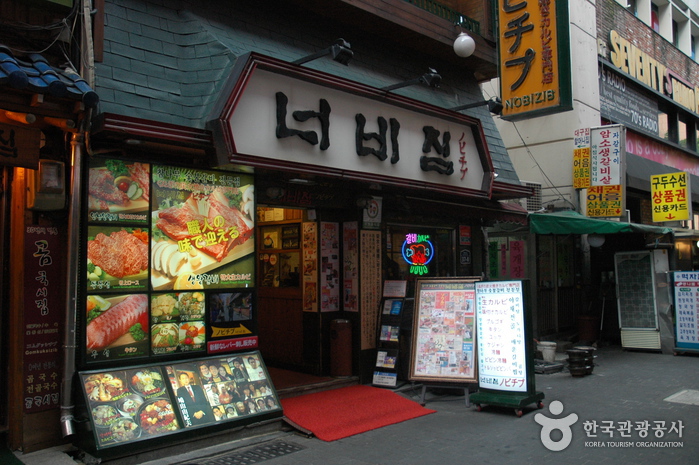
![Rakkojae Seoul Bukchon Hanok Hotel [Korea Qaulity] / 락고재 서울 북촌 한옥호텔 [한국관광 품질인증/Korea Quality]](http://tong.visitkorea.or.kr/cms/resource/40/2698240_image2_1.jpg)
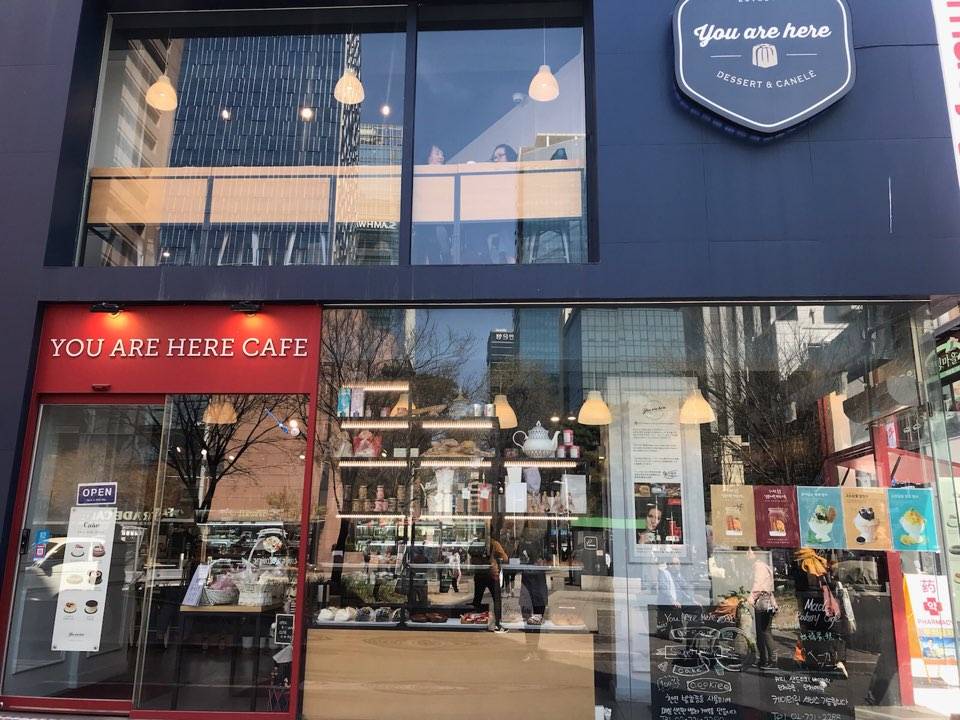
 Español
Español
 한국어
한국어 English
English 日本語
日本語 中文(简体)
中文(简体) Deutsch
Deutsch Français
Français Русский
Русский